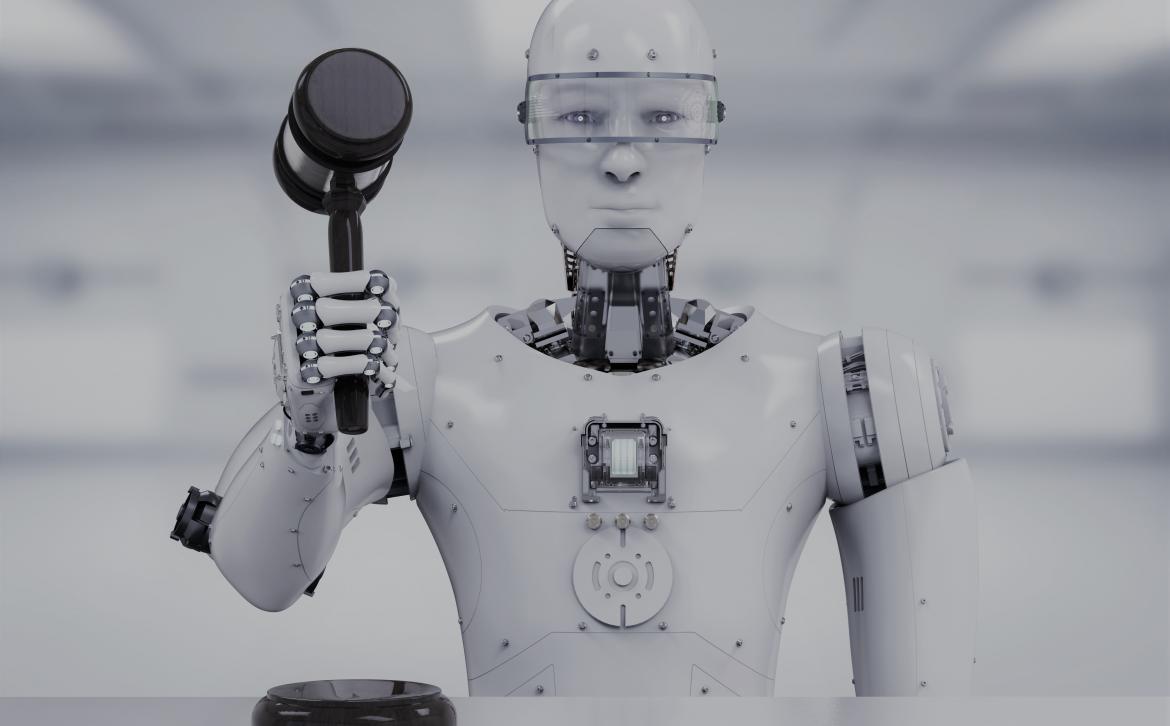Artificial intelligence as part of the court proceedings – is it possible and necessary?
An increase in state fees must not restrict the right to apply to the court for the protection of the rights. A balance must be found between different methods for reducing the workload of the courts.

The role of the judge in society is to honestly, impartially, transparently and without undue delay resolve the disputes which the parties cannot resolve by negotiating with each other. In doing so, comprehensive rules have been laid down as to how the court proceedings will take place and the judge must comply with these rules when leading the proceedings regardless of the workload of the judge.
According to the 2020 Yearbook of the Courts, 33,658 civil matters and 45,566 expedited procedures for orders for payment were submitted to county courts in 2020, while 2,737 administrative matters were submitted to administrative courts. As of February 2021, according to the website of the Supreme Court, 152 judges were employed in county courts and 25 judges in administrative courts, clearly indicating that the workload of the courts is very high.
The Ministry of Justice has initiated a bill seeking to increase state fees to reduce impulsive claims. In other words, the Ministry of Justice is trying to reduce the workload on the courts by increasing state fees and thus, limiting the possibility of going to court. At the same time, however, the field of technology and, more precisely, artificial intelligence is evolving, which could help reduce the burden on the courts. Inevitably, the question arises as to whether an increase in state fees is an appropriate measure in a situation where technology could be used to help human judges and the administrative team cope with the burden.
Artificial intelligence is already being used in a variety of areas, including the creation of robots to help people go to court. AI is sufficiently skillful to be implemented in the judicial system. It is not reasonable to just replace human judges with AI judges. It would make sense to analyse which parts of the court's work can be automated by AI technology. For example, machines can be successfully used for checks on certain formalities. The automated compilation of documents is not science fiction visible in movies anymore. Technology can speed up the preparation of certain types of rulings and judgements.
The use of AI has to follow the requirements for court proceedings. In the case of a trial, the parties to the proceedings must have confidence in the judicial system. In the absence of trust, the court and the judgments lose their value. Therefore, when using AI, the judgement must be clear, logical and reasoned. The process of reaching a judgement cannot remain hidden in the “black box”, since such a situation is not in line with the principle of verifiability of the judgement and certainly leads to a loss of confidence. In implementing AI, care must be taken to ensure compliance with the principles of the judiciary.
If AI becomes one of the methods, then all representatives of the judiciary, including judges and lawyers, who are in daily contact with legal proceedings can help develop it.
The Estonian judges, the officials assisting them and other parties to the proceedings are accustomed to using technology in the form of an e-file. Thus, the implementation of new assistive functions in the judiciary would be welcomed.




